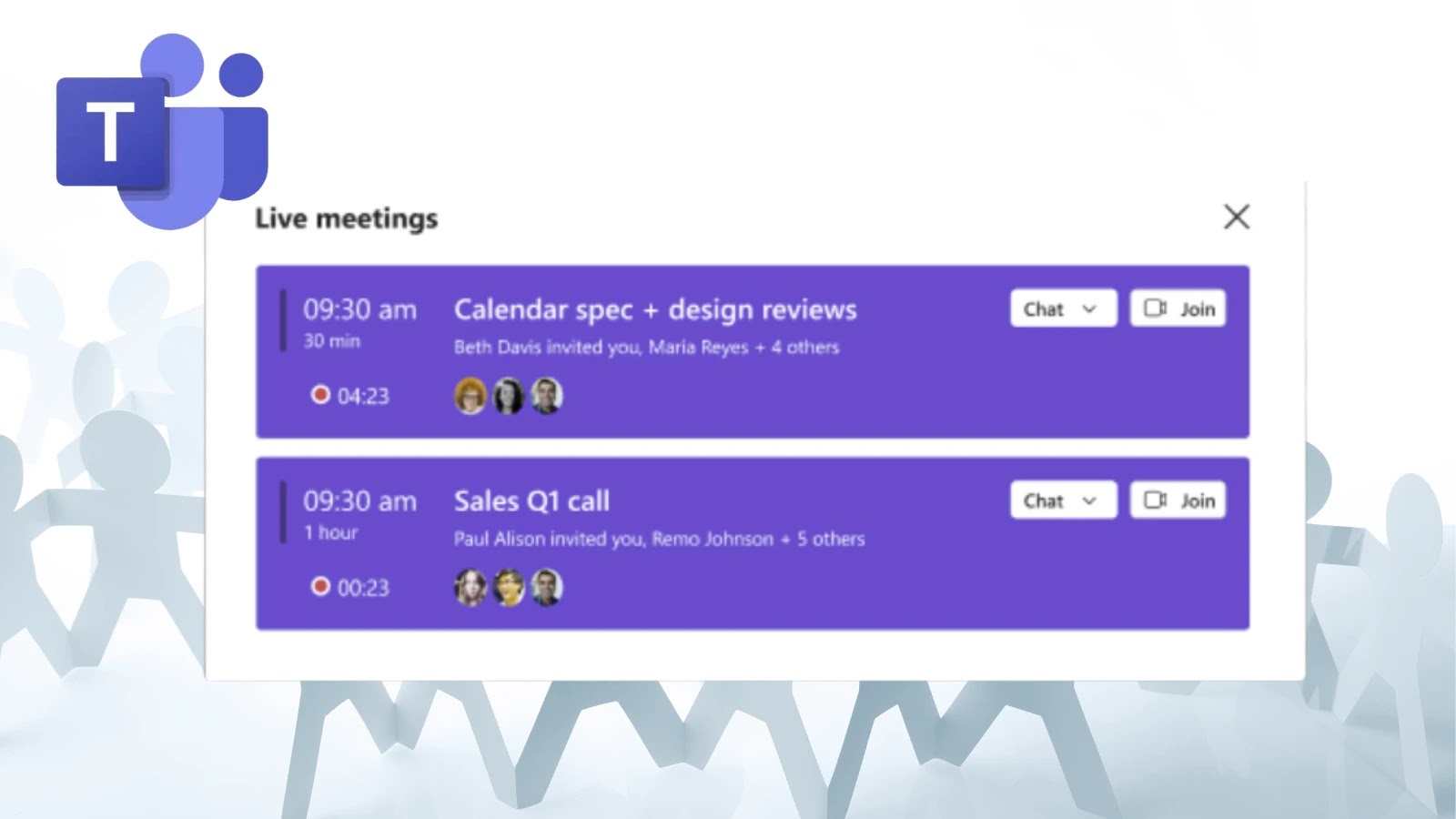
Microsoft Teams New Meeting Join Bar Reminds You to Join Meeting On-time
In the fast- paced rhythm of modern enterprise, every minute counts. Delays in meeting startups, often stemming from participants joining late or struggling to locate scheduled calls, can significantly erode productivity. Recognizing this critical pain point, Microsoft Teams has rolled out a pivotal enhancement designed to streamline meeting access and enforce punctuality: a new meeting join banner. This feature, a testament to Microsoft’s unwavering commitment to optimizing collaborative workflows, promises to transform how teams engage with their daily schedules, minimizing friction and maximizing valuable time.
The Evolution of Meeting Punctuality in Microsoft Teams
The introduction of the new meeting join banner, identified by Microsoft Message Center code MC1115979, marks a significant step in refining the Microsoft Teams user experience. Historically, users might navigate through their calendar or Teams interface to find and join an active meeting, a process that, while seemingly minor, could introduce delays, especially for those juggling multiple tasks or less familiar with the platform. This new banner addresses those inefficiencies head-on.
The core objective behind this enhancement is clear: to ensure participants can effortlessly and punctually enter scheduled meetings. By providing a highly visible, persistent prompt, Microsoft aims to mitigate the common issues associated with meeting delays, thereby fostering a more efficient and productive collaborative environment.
Key Features of the Microsoft Teams New Join Bar
- Automatic Prompting: The banner appears automatically when a scheduled meeting is nearing its start time or has just begun, eliminating the need for users to actively search for the meeting link.
- Enhanced Visibility: Designed to be prominently displayed within the Teams interface, the banner serves as an undeniable reminder, making it difficult for users to miss their scheduled engagements.
- Streamlined Access: A direct ‘Join’ button embedded within the banner provides one-click access to the meeting, significantly reducing the time and effort required to connect.
- Reduced Delays: By making the joining process intuitive and immediate, the feature directly contributes to starting meetings on time, saving valuable collective hours across organizations.
- Improved Productivity: Less time spent waiting for participants translates directly into more efficient meetings and increased overall organizational productivity.
Impact on Enterprise Productivity and Security Posture
While primarily a productivity feature, the underlying principles of streamlined operations can have subtle, positive ripple effects on an organization’s security posture. When workflows are smooth and efficient, IT and security teams spend less time troubleshooting basic access issues and more time on critical security initiatives. Furthermore, a system that encourages timely and organized participation can indirectly improve meeting hygiene, potentially reducing scenarios where sensitive information might be discussed in less-than-secure ad-hoc channels due to meeting access frustrations.
It’s important to differentiate this type of feature enhancement from security vulnerabilities. This update doesn’t introduce a new attack vector or vulnerability like those found in exploits such as CVE-2023-24888, which pertains to privilege escalation in Microsoft SharePoint, or CVE-2023-21764, a Denial of Service vulnerability in Microsoft Exchange. Instead, it’s a quality-of-life improvement that enhances platform usability.
Remediation Actions (Applies to General Teams Security)
While the meeting join bar itself is an enhancement, maintaining a robust security posture within Microsoft Teams and the broader Microsoft 365 environment is paramount. Organizations should consistently apply the following remediation actions:
- Apply Regular Updates: Ensure that Microsoft Teams clients and underlying operating systems are always up-to-date. Microsoft frequently releases patches that address security vulnerabilities and improve performance.
- Implement Multi-Factor Authentication (MFA): Enforce MFA for all user accounts accessing Microsoft Teams to significantly reduce the risk of unauthorized access due to compromised credentials.
- Configure Conditional Access Policies: Utilize Azure AD Conditional Access to define conditions under which users can access Teams, such as requiring trusted devices, specific locations, or compliant application versions.
- Educate Users on Phishing and Social Engineering: Conduct regular security awareness training to help users identify and report suspicious messages or meeting invitations that could lead to credential compromise or malware infection.
- Review Tenant-Wide Settings: Periodically review Microsoft Teams admin settings, including external access policies, guest access, and data loss prevention (DLP) configurations, to align with organizational security policies.
- Monitor Audit Logs: Regularly monitor Microsoft 365 audit logs for unusual activities, failed logins, or changes to Teams configurations that could indicate a security incident.
Conclusion
The new Microsoft Teams meeting join banner is a welcome addition that underscores Microsoft’s commitment to continuous improvement in collaborative technologies. By focusing on seemingly small refinements that yield significant daily efficiency gains, Microsoft is helping organizations reclaim valuable time and foster a culture of punctuality. For IT professionals and security analysts, features like this contribute to a more stable and user-friendly environment, allowing focus to shift towards more complex strategic security initiatives rather than operational friction.





